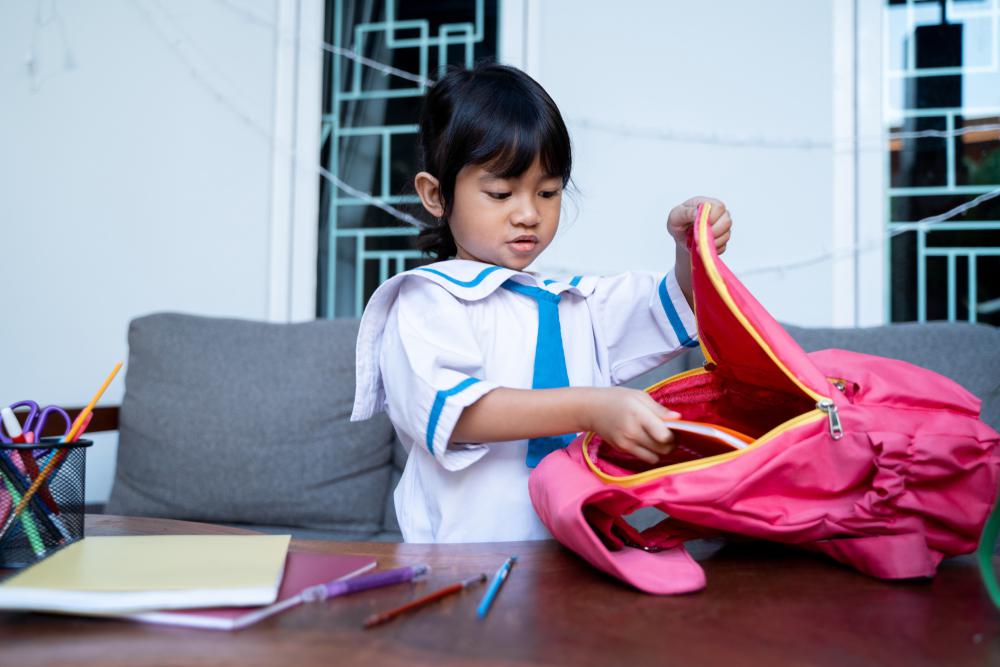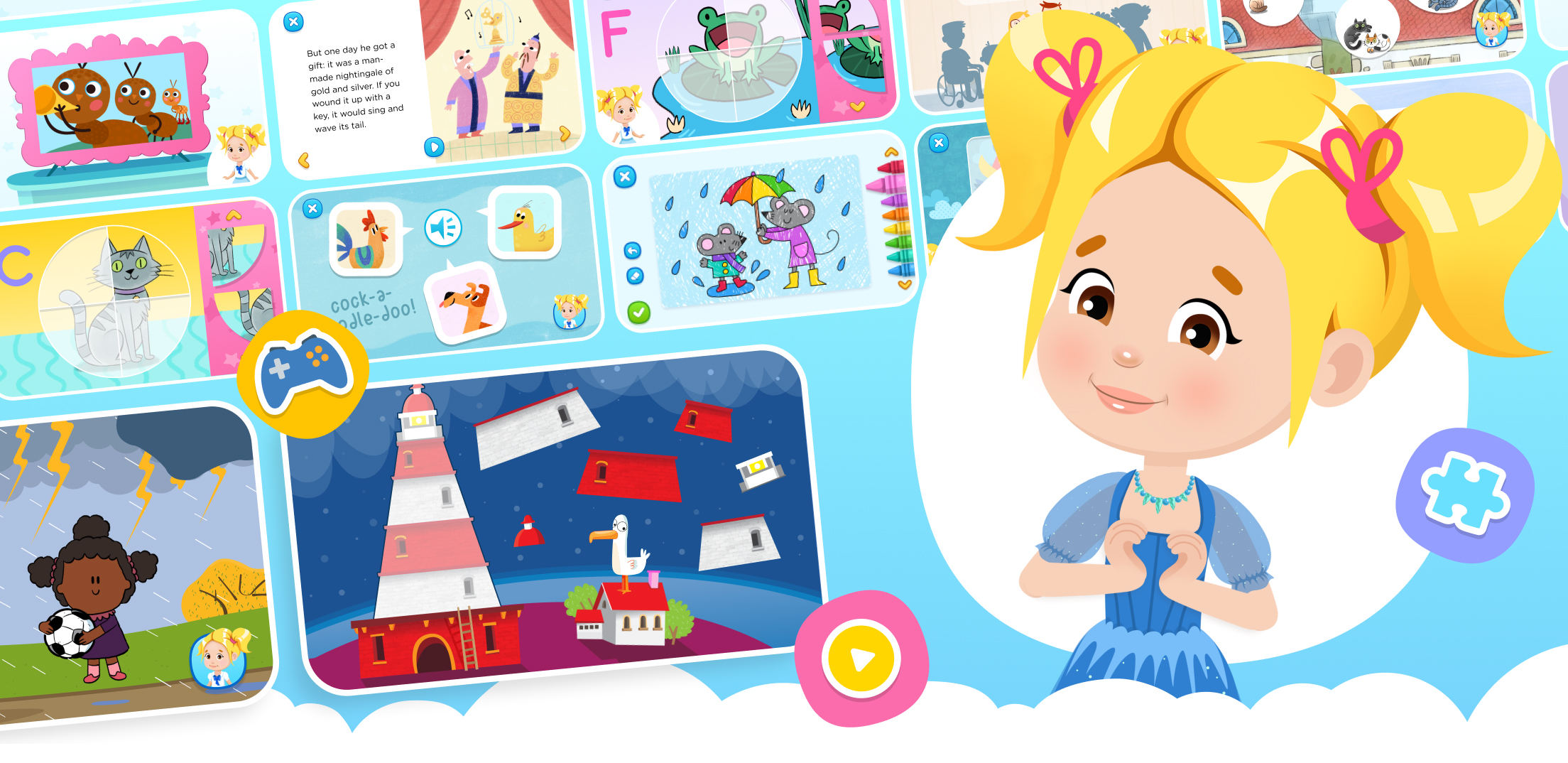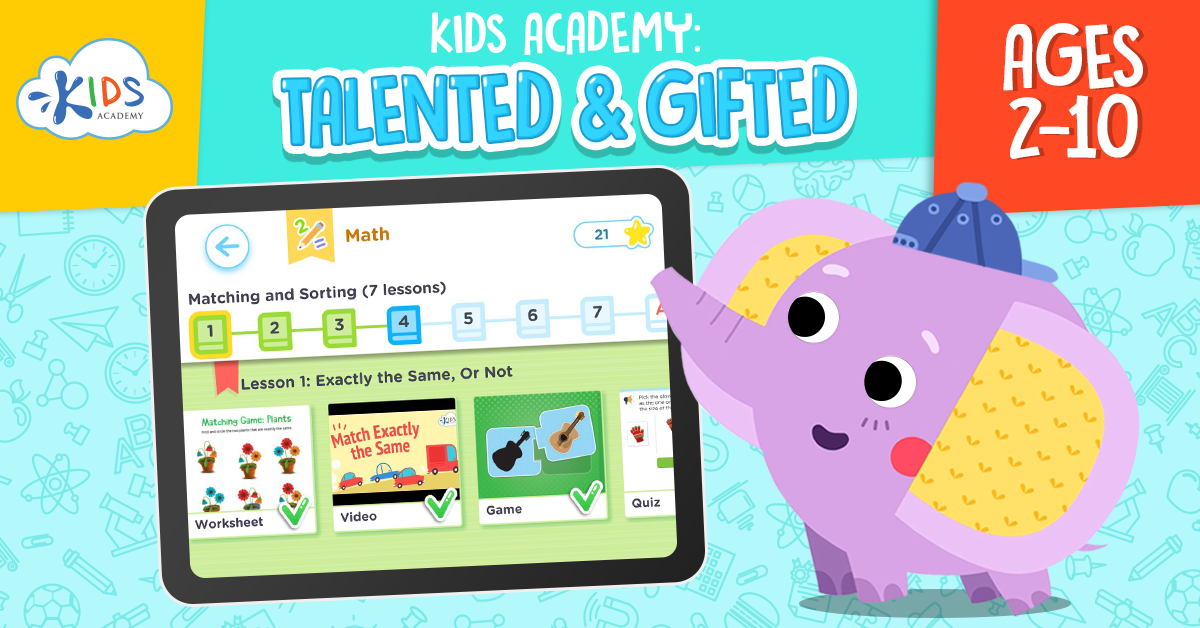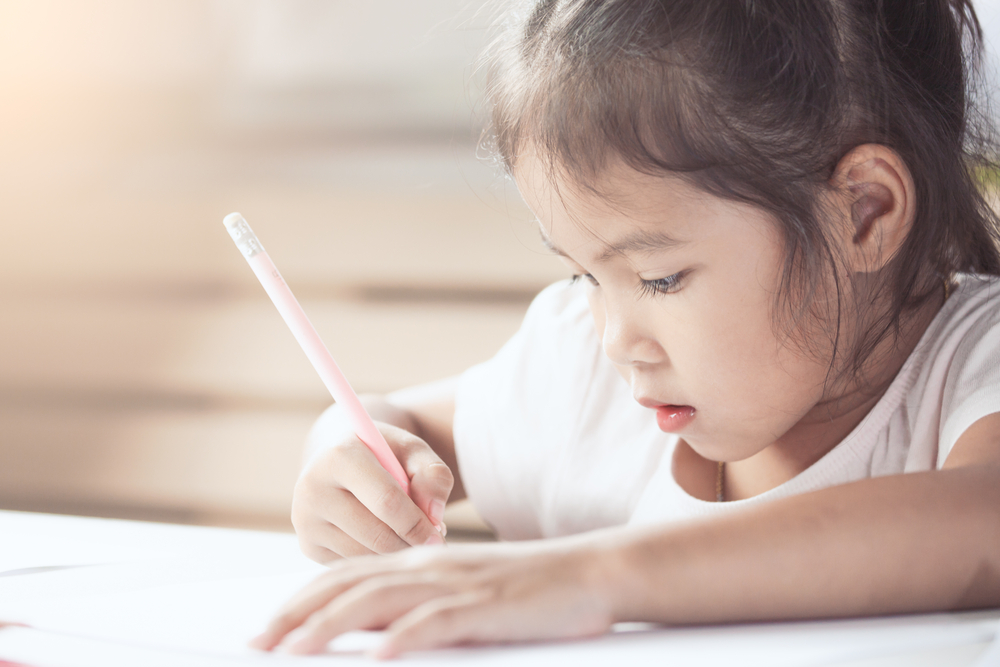Hand-eye Coordination Matching Worksheets for Ages 3-7
3 filtered results
-
From - To
Enhance your child's motor skills with our Hand-eye Coordination Matching Worksheets for ages 3-7. These engaging and educational printables are designed to boost your little one's hand-eye coordination through fun matching activities. Each worksheet features bright and colorful images that capture children's attention while they practice crucial skills important for early development. Perfect for use at home or in the classroom, these worksheets support the growth of fine motor skills, cognitive abilities, and visual perception. Help your child thrive with our carefully designed resources from Kids Academy, tailor-made to foster learning and growth.


Colorful Arrays Bingo Worksheet
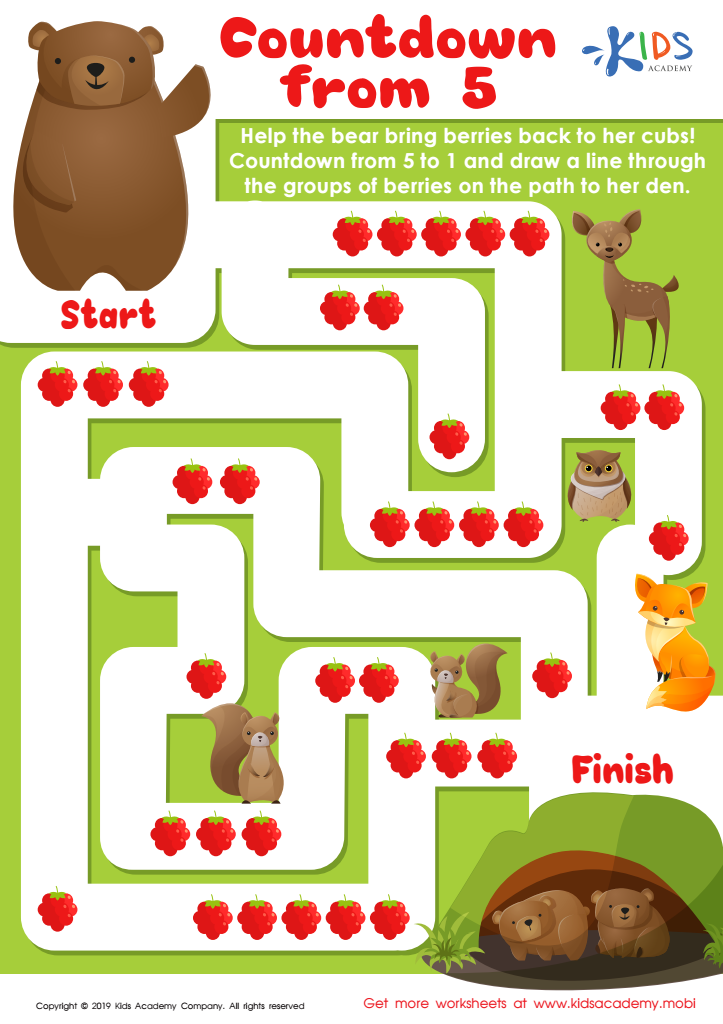

Countdown from 5 Worksheet
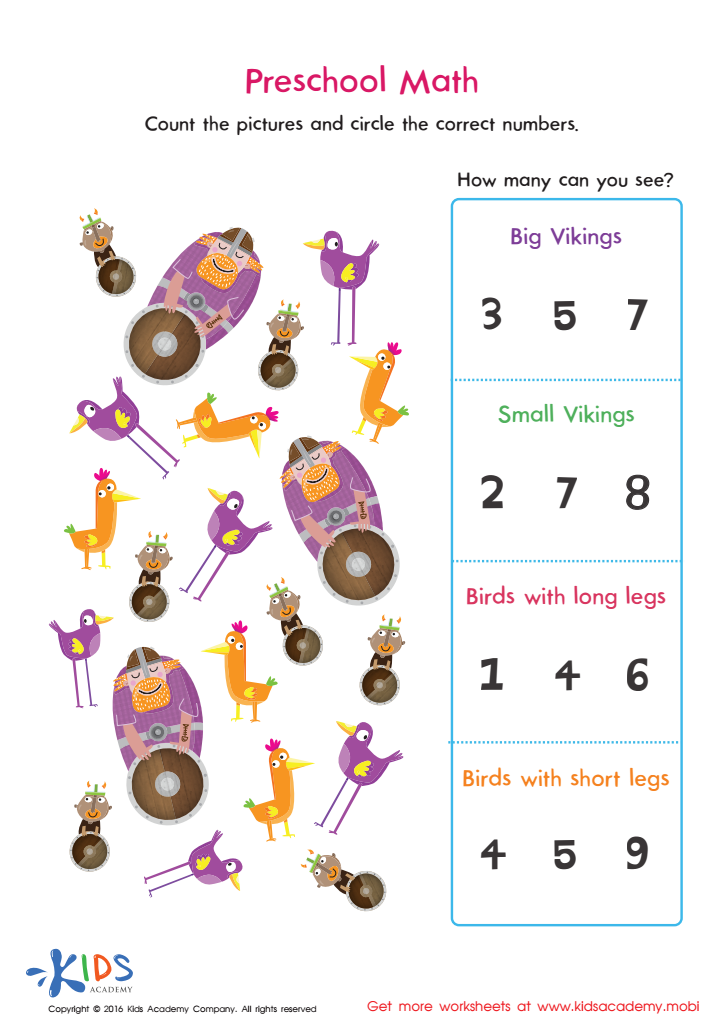

Hand-eye coordination is a crucial developmental skill for children ages 3-7, and parents or teachers should prioritize activities that promote its enhancement. This skill involves the simultaneous use of hands and eyes, allowing a child to manipulate objects and maintain eye focus. During early childhood, the development of hand-eye coordination lays the groundwork for performing daily tasks.
For example, engaging in activities like playing catch, assembling puzzles, or doodling helps children refine their fine motor skills, ensuring they can hold a pencil correctly, tie shoelaces, or use scissors effectively. This ability is fundamental for academic achievements such as writing, drawing, and reading.
Furthermore, hand-eye coordination plays a significant role in a child’s confidence and independence. Successfully completing tasks that require this coordination boosts self-esteem and encourages them to engage in more complex activities. Additionally, physical activities that enhance these skills are vital for maintaining healthy physical development and can provide opportunities for social interaction and teamwork.
Ultimately, nurturing hand-eye coordination from a young age prepares children for a wide array of tasks and challenges they will face as they grow, supporting both their cognitive and physical development, and leading to a more successful, well-rounded start in life.

 Assign to My Students
Assign to My Students




